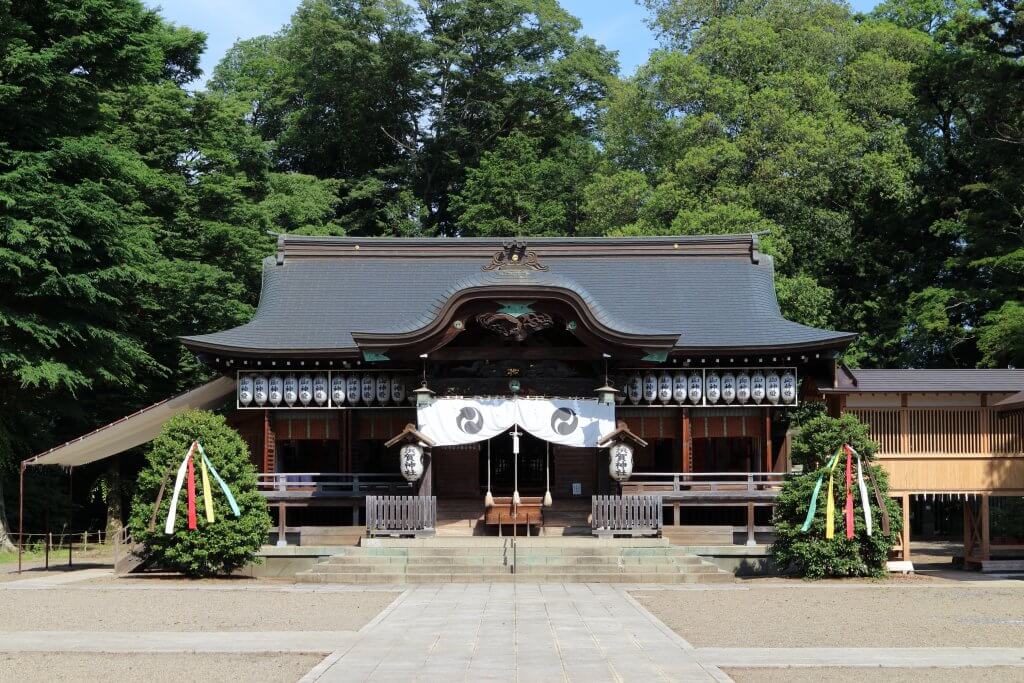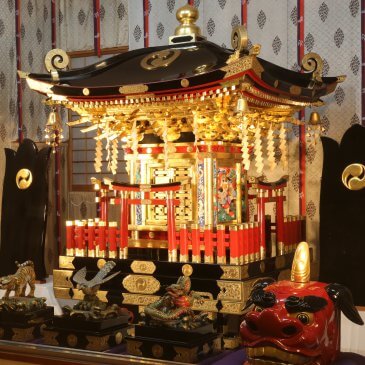The Suga Shrine, located in Oyama Town in the Tochigi prefecture, has a long history of 1,070 years. Fujiwara no Hidesato, who was a samurai of the shrine, prayed every day to the shrine’s deity, Susanonomikoto, asking for victory in his attempt to suppress a revolt caused by Taira no Masakado. After his prayers, he succeeded in suppressing the revolt. A sacred object in the Yasaka Shrine in Kyoto was enshrined at the shrine because his prayer came true. This is the origin of the Suga Shrine.
660 years later, 2 months after the Battle of Sekigahara, Tokugawa Ieyasu headed to Aizu (the current Fukushima prefecture) in order to crush the Uesugi family. On his way to Aizu, he stayed in the town of Oyama. At that time, he heard the news that Ishida Mitsunari was making an army on the east side of Japan. He gathered his lieges and held a war council at the Suga Shrine. The council decided Ieyasu should go back to Edo (former name of Tokyo) in order to combat against the army lead by Ishida MItsunari. Before he went back to Edo, it is said that he prayed for victory at the shrine.


